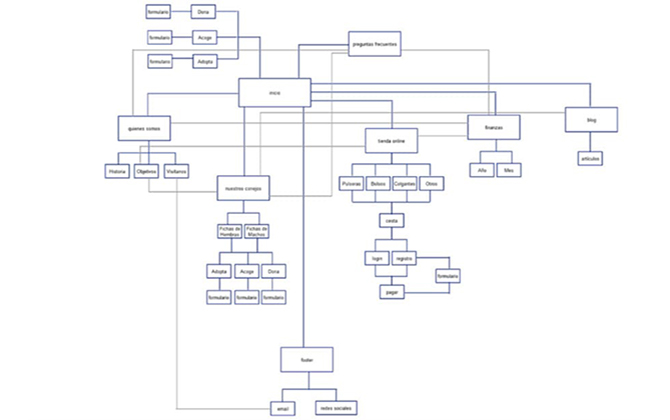In more and more projects, special consideration is given to Information Architecture. This detailed investigation encourages the competition itself to improve in this regard. The search for specialized profiles, investment in user research, better identification of end users… all these factors lead to a sustained evolution of this discipline.
Another factor that directly favors this evolutionary process is the user himself. Time and the widespread use of all kinds of technology familiarizes the population with the use of gadgets and interfaces that seemed unthinkable years ago. To this overload of stimuli must be added the time of exposure / voluntary use that is made in particular of these interfaces and that passively teaches users to identify patterns in the provision of information, unconsciously use standards (sliders / carousels, dropdowns, multi selects…), intuitive navigation…
Information architecture and user retention
As a result of the competitiveness and the immense volume of content, the Information Architecture oriented towards user retention has been promoted. The use of this type of retention techniques follows an upward trend, putting the user experience at greater and greater risk. Among these methodologies, is the fact of prolonging the user’s visit time on the site to generate greater advertising impact and consequently improve positioning (SEO).

The number of interactions made by the user on our website is another of the metrics that help its positioning. Concept that entails the application of methodologies that contradict some of Jakob Nielesen’s popular usability principles (semi-hiding relevant content, lengthening navigation flows or showing partial content by accessing the entire content via redirections or expands…).
The role of SEO
As we can see, SEO and information architecture have a close relationship. In the vast majority of websites (especially e-commerce, blogs and derivatives) a balance is sought between several aspects: business needs, user behavior on the website and optimization of product indexing processes /posts.
Keep in mind that no matter how much we want to position a website for a certain word, it is not necessary to replicate it on countless occasions. The UX would be negatively affected. In the same way that using an excess of categories/levels to organize products or posts reduces the findability of the content and worsens indexing. These conclusions can be drawn from the application of methodologies such as the Tree Test. The most used tool for carrying out these tests is Optimal Workshop.
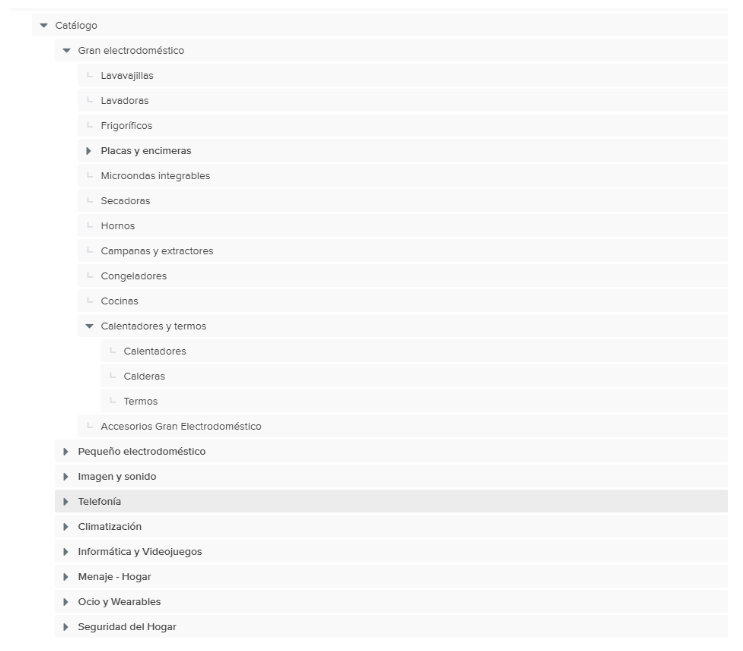
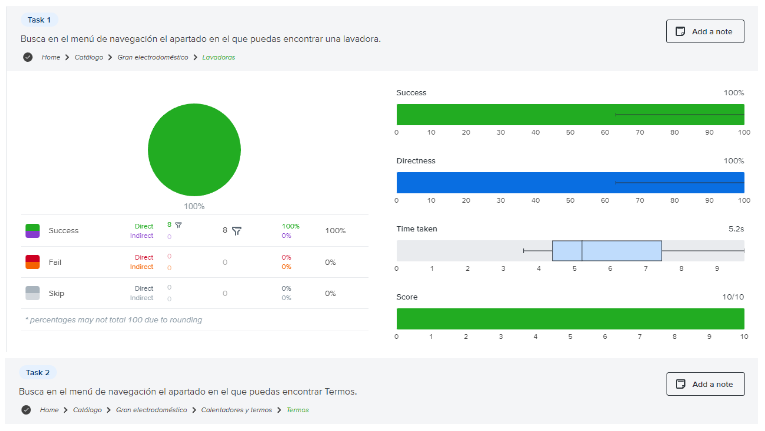
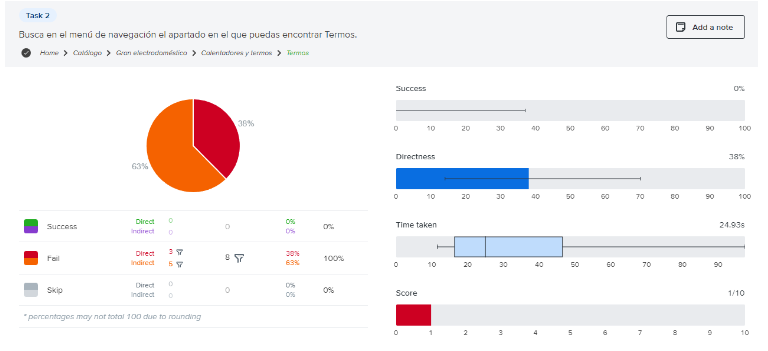
In the previous images we can see how two simple tasks with an apparently similar complexity obtain opposite results. These negative results in efficiency and effectiveness of the navigation tree can be due to different reasons. They can be attributed to the labeling and organization of the content or to the user’s perception of the product or service they are looking for. A clear example is the one we find under the word ´Thermo´. Without a context or greater detail, there will be users who associate it with an appliance or the container used to maintain the temperature of drinks. Two completely different products that should not share a category.
Bearing in mind that Google is a hierarchical system and therefore will prioritize content from top to bottom within the website, giving more relevance to content that is higher on the page and to pages that are closer to the home/root, imagining the web as a tree of pages, to the detriment of those contents that are hidden in the architecture of the site. It is essential to carry out a study of keywords, determine where to display them and carefully plan the entire navigation system to obtain the desired positioning.
